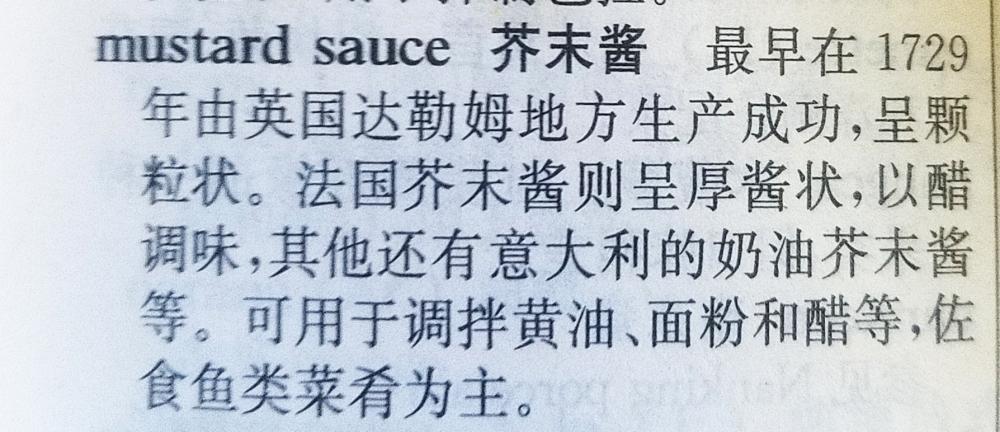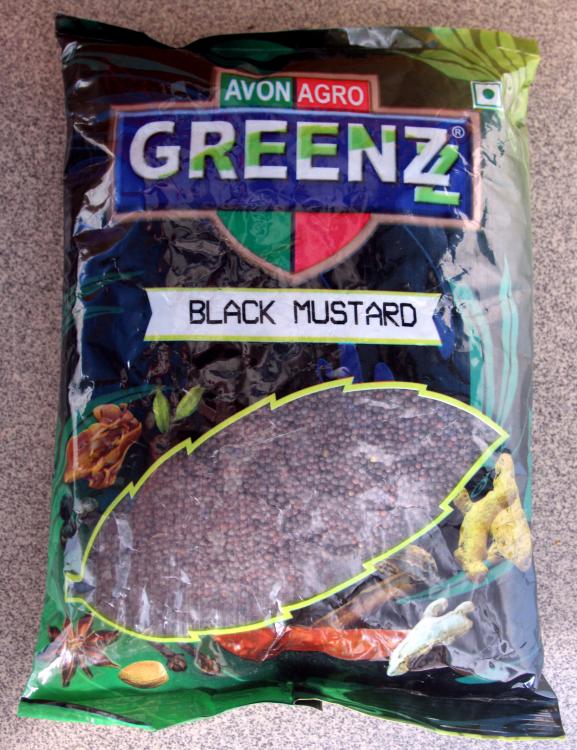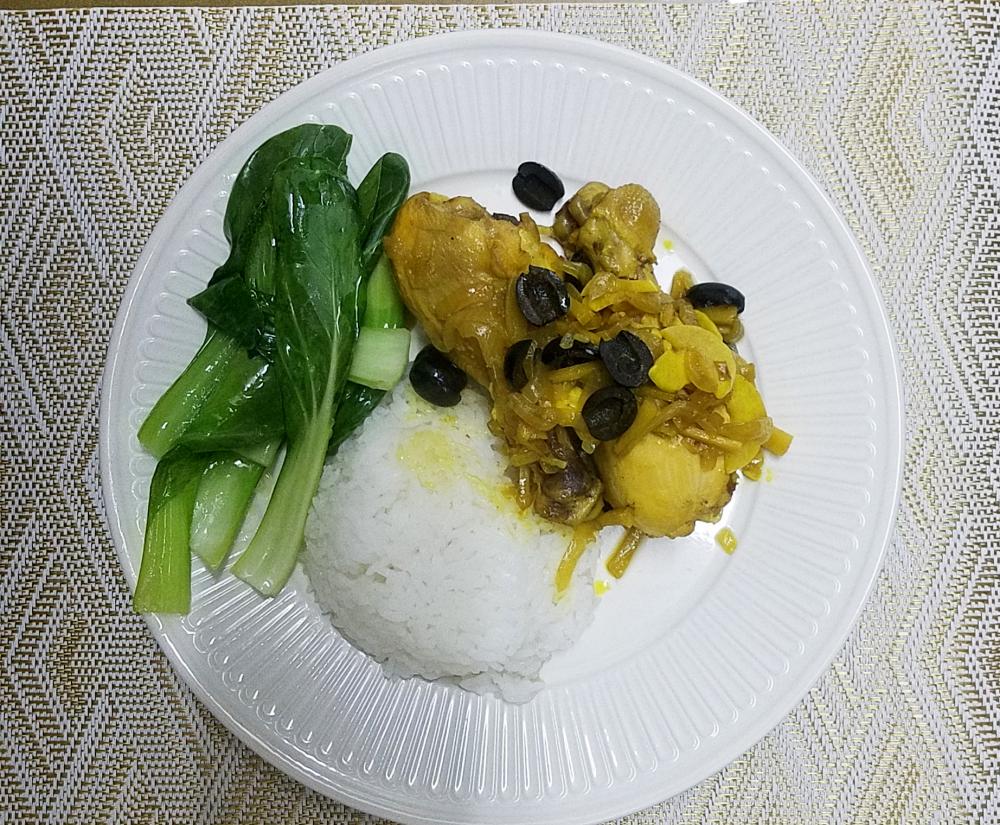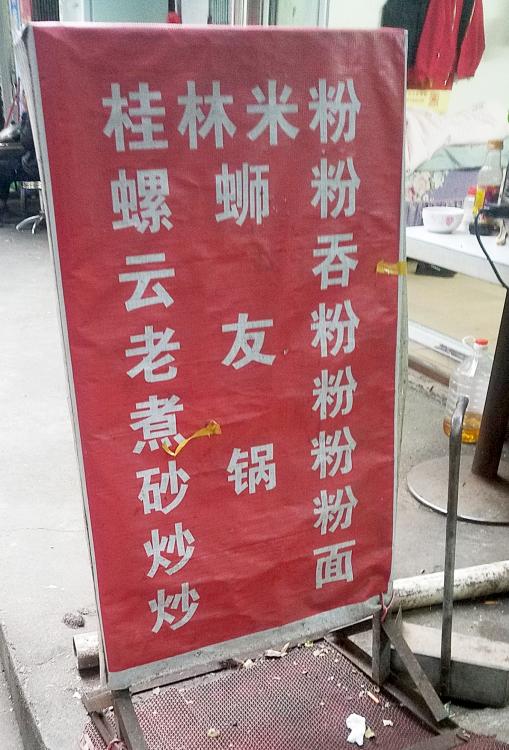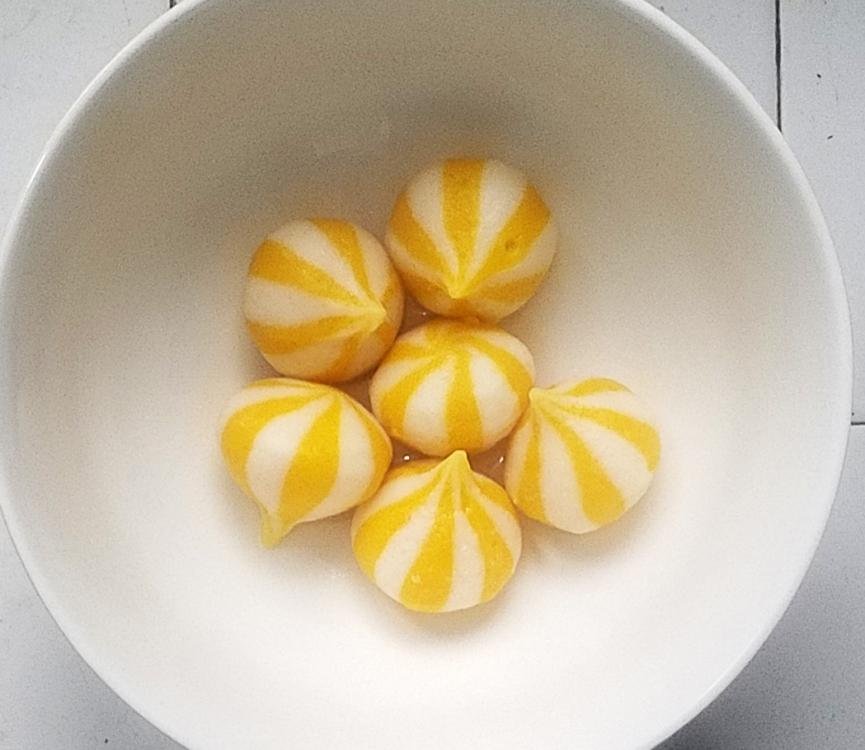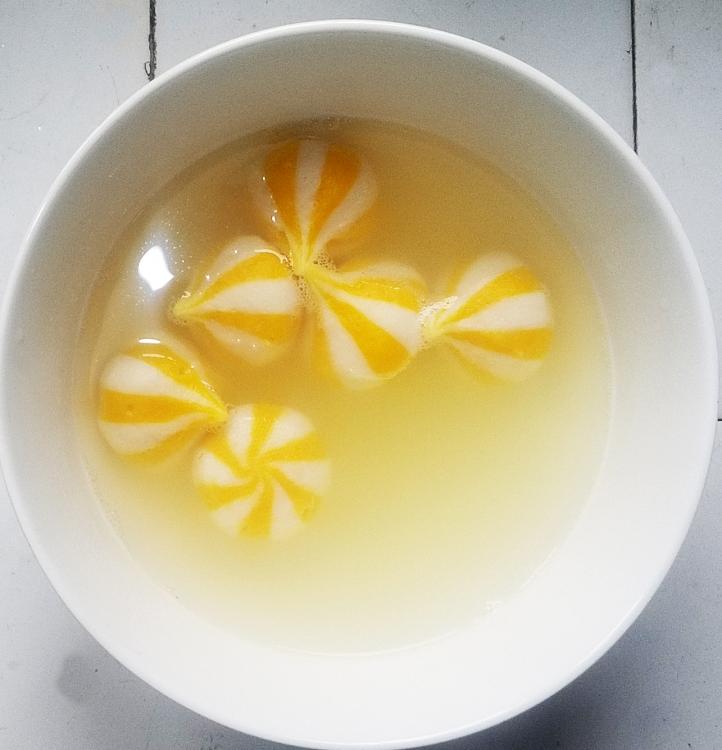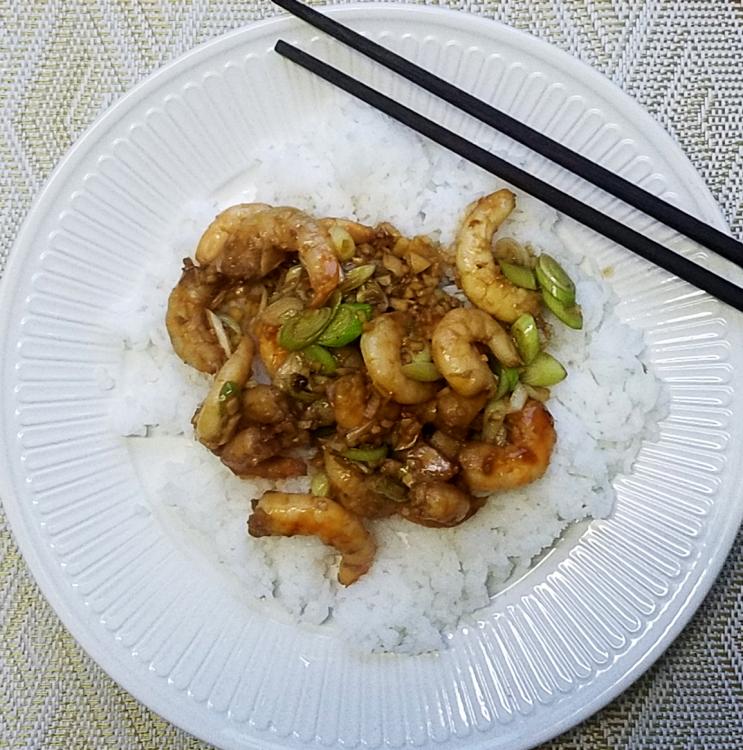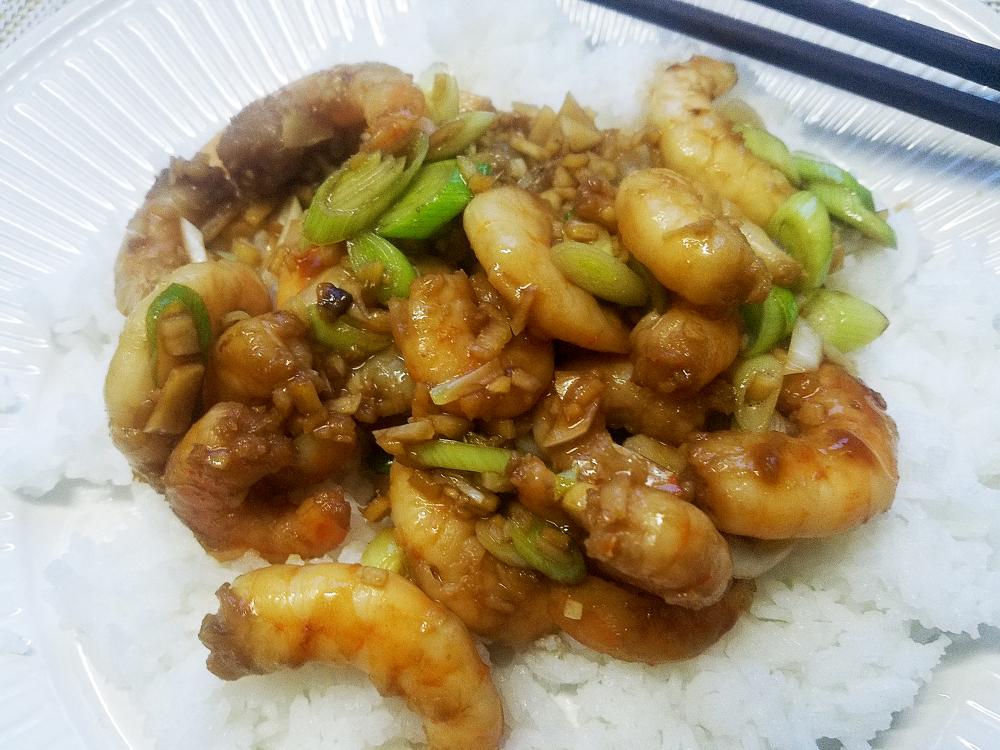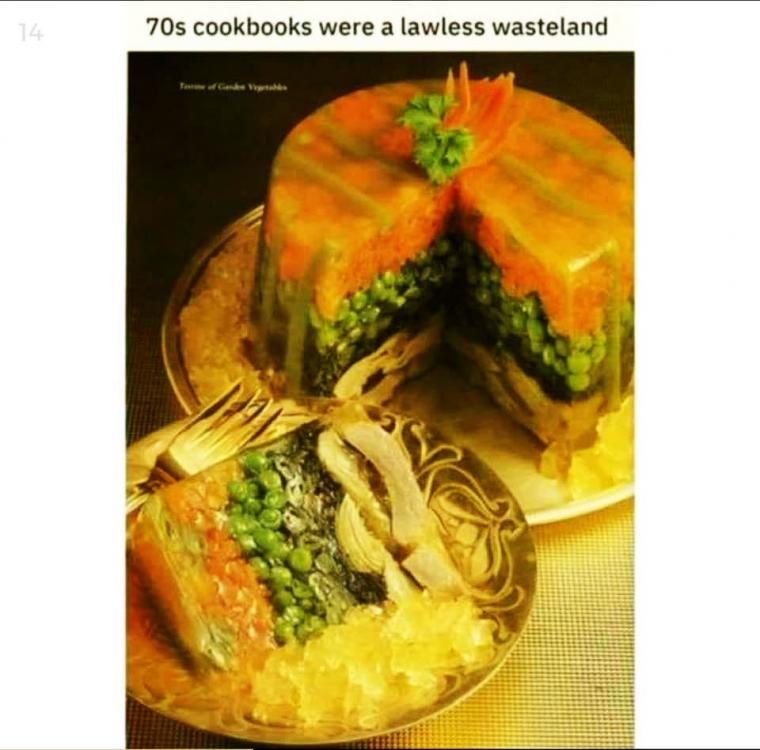-
Posts
16,727 -
Joined
-
Last visited
Content Type
Profiles
Forums
Store
Help Articles
Everything posted by liuzhou
-
Many of the recipes I've seen for this mysterious "Chinese mustard" use Colman's Mustard. Yes. It is English. My Chinese language food dictionary's entry for "mustard sauce" mentions that it was invented in Durham, England in 1729, then describes French and Italain mustard sauces. No mention of it being used in China.
-
Now that is a dish I often make and eat! But not with black bean sauce from a bottle!
-
Let's remember that Irene Kuo left China in the 1940s and prior to that lived a very privileged life in Shanghai - a foreign controlled city. Many things were available to her that wouldn't be available to most Chinese people. But you are right. Mustard powder or paste is not to be found in Chinese stores in China.
-
It isn't an opinion. It is a question. I've never read the book. I have no opinion.
-
or for cooking Chinese-American food?
-
Sherry is often listed as a sub for rice wine - especially in older cookbooks. I've never been convinced how close they are, but then I have easy access to the real thing.
-
Actually, the recipes use mustard paste (which is made from seeds). The second link suggests using mustard oil, if you don't have mustard paste. It doesn't mention making it from seeds. I've only seen mustard oil once here - in that now famous 'foreign food' store! Any way, I look forward to reading your impressions when you make it. I'm not keen on buckwheat noodles or I'd give it a go myself (if I could find the mustard!)
-
Hmmm. It isn't clear in that article what the recipe is using. It simply says 'mustard' (or maybe 'horseradish' - the Chinese for either is the same). Is it seeds? paste? greens? Certanly, I never came across it when I lived in Xi'an 20+ years ago, but then I never sampled everything!
-
All I can say is that in 25 years of living in and travelling all over China, I have never come across mustard sauce as a condiment. I can't say there is isn't a restaurant somewhere dishing it up. Not one of my local supermarkets (or any other supermarket I've seen) has mustard on its shelves. I just did a quick search of the largest online shopping site and there is nothing Chinese. Dijon, American and Wasabi-type stuff as I mentioned. P.S. I've never seen mustard served in Chinese restaurants in Europe, either. It seems to be American.
-
-
I've never seen mustard seeds on sale here. I could probably get them online, but again from specialist 'foreign food' vendors.
-
No reason why you should feel ashamed. But it isn't Chinese!
-
Thanks for that! I've never heard of it! I can buy fake wasabi (actually horseradish), but again it is seen as 'foreign'.
-
The only time I've seen mustard used in Chinese cuisine is in the form of leaf mustard. It isn't used as a condiment if that is what you meant. The only mustard I can buy here is Dijon or sometimes that strange, sweetish, yellow stuff from America - both from the very expensive foreign import store.
-
Turmeric chicken legs with white wine, olives, garlic, ginger, chilli and onions. Shanghai greens. Rice.
-
-
Not yet used, but near my new home is this convenient noodle shack and its menu. Translation: 桂林米粉 - Guilin Rice Noodles (specialty of Guilin) 螺蛳粉 - Luosifen or Spicy Snail Rice Noodles (specialty of Liuzhou) 云吞 - Wontons 老友粉 - Old Friend Noodles (specialty of Nanning) 煮粉 - Boiled Rice Noodles 砂锅粉 - Sand Pot Rice Noodles 炒粉 - Fried Rice Noodles 炒面 - Fried Wheat Noodles (chow mein) Too convenient to avoid. Could become a feature of life. I can't go out or get back in without passing it.
-
"Caviar Balls in Fish Broth" The 'balls' are actually dumpling wrappers made from glutinous rice. Inside is a mixture of surimi and Peruvian flying fish roe. I found them a bit bland and glutinous rice isn't really my thing, so an experiment unlikely to be repeated.
-
I can understand that, but I'm maybe just strange! I quite enjoy it!
-
I'm quite partial to shrimp/prawn pedantry, too, but attempt to keep it out of discussions here unless specifically asked. It serves no useful purpose.
-
Yes. It's slower, but what's the hurry!? I like the texture of the critters left more or less whole. Actually, I prefer them skin, head and tail on! I am especially uninterested in splitting the smaller ones.
-
Hmmm. Technically, shrimp and prawn are two different but related species. Though that distinction tends only to be observed by zoologists and pedants. Normally, I would call most of them prawns. In the UK, 'shrimp', is usually reserved for the smallest varieties. In fact, 'shrimp' is a common expression used to describe anything or anyone of less than average stature. I suppose, living abroad for half my life in places where 'shrimp' is preferred, I have reluctantly taken to calling them all 'shrimp', irrespective of their true nature. Saves endless explanations. Although 'prawn' is more common worldwide. I'm not sure what you mean my crustacians look uncleaned! They are most certainly cleaned. I never split prawns/shrimp to devein them. It is easy to do so by other methods. I use the toothpick method. That said, many I buy have been starved for some time and have naturaly purged themselves. Frozen critters are often sold here deveined, but also unsplit - not that I buy them often.
-
-



